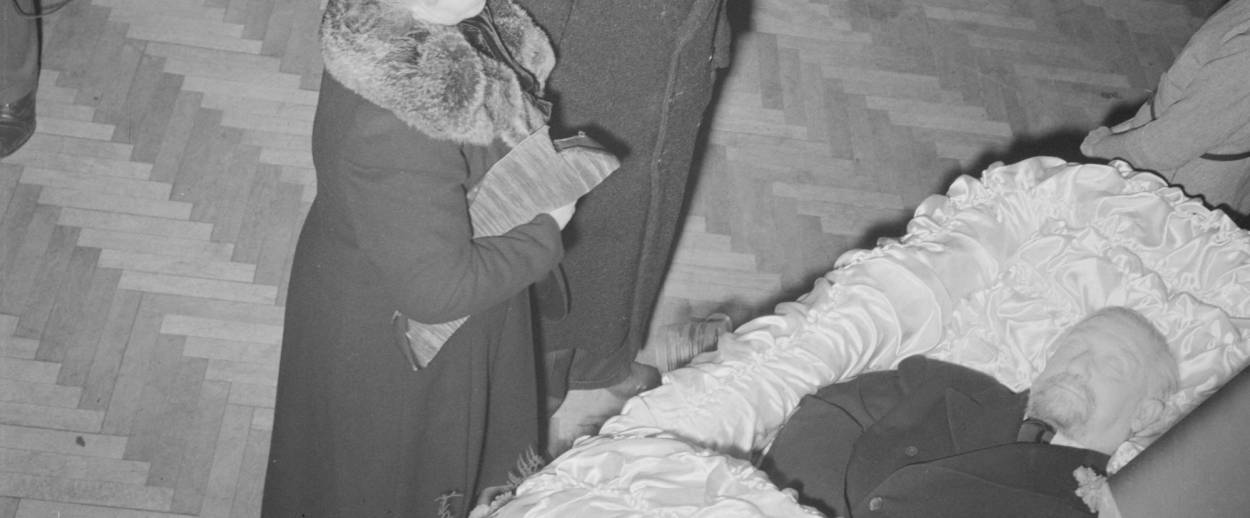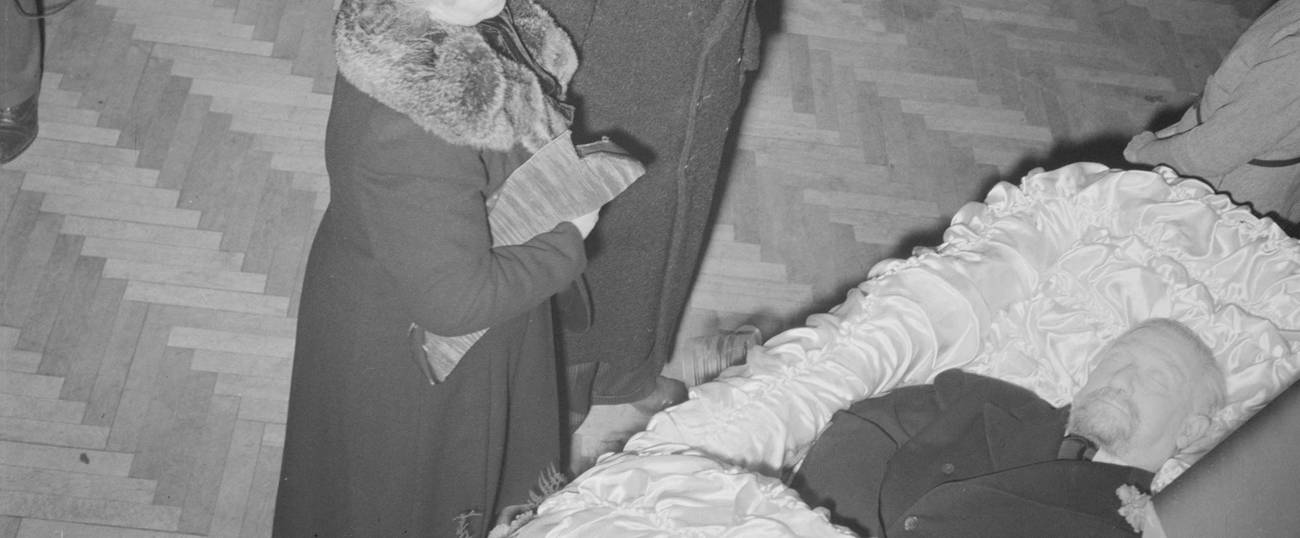Dear Antifas: A Note About Your Ancestor
Lessons from Italian-American anti-fascist Carlo Tresca, and from the Civil Rights era




The only antifas in America ever to have done anything useful were the original ones, back in the 1920s and ’30s. Those were the people in Carlo Tresca’s faction of Italian-American trade unionism (on the libertarian syndicalist side), who took to rioting anti-fascistically in the aftermath of Mussolini’s March on Rome, in 1922. Punching fascists in the Italian-American neighborhoods of the 1920s and ’30s was a reasonable thing to do because, once Mussolini had become the leader of Italy, Italian-American immigrants naturally began to wonder if Mussolini wasn’t perhaps an admirable man. And wasn’t it their duty, as the sons and daughters of Italy, to lend him an American support? Il Progresso, the Italian-American newspaper, was far from progressive on this point. The Mussolini supporters held rallies. Tresca published his own newspaper, however, which was Il Martello in New York, strictly anti-Mussolini. Tresca and his newspaper subscribers developed a technique with some kind of stick or baton, which no one has ever explained to me, and they deployed their technique at the pro-Mussolini rallies. And this was good, all in all. Sympathy for Mussolini in America never managed to blossom into something large and malignant, and that was partly because, thanks to Tresca and the faithful readers of Il Martello, pro-Mussolini rallies consistently degenerated into brawls.
But those were special circumstances. Tresca and his comrades were members of a sometimes-disdained or hated ethnic minority, and they were not in a position to summon the solidarity and support of the larger American public and its democratic traditions and principles. So they didn’t bother with the larger public. They went into battle all by themselves, in their own manner. This was an argument from weakness, though.
Michael Harrington, the Socialist leader a couple of generations later, was fond of offering the argument from strength, which was entirely different. Harrington was one of the young white people who worked under Martin Luther King, Jr. in the civil rights movement. He marched in the Alabama protest march of 1965, led by King, that went from Selma to Montgomery, the state capital. And, as Harrington liked to explain, he learned a lesson. Along the road, the marchers were threatened and harassed by the champions of white supremacy, who waved their terrible flag, the Confederate banner. By the time the march arrived in Montgomery, the terrible flag seemed to be everywhere, which was frightening to see. The state capitol hove into view, however, and at its top waved a different flag, and intuitively the marchers understood that here, at last, was their own banner. And they began to sing the ultimate hymn of the civil rights movement, which was not “We Shall Overcome” but was, instead, “The Star-Spangled Banner.”
Sympathy for Mussolini in America never managed to blossom into something large and malignant, and that was partly because pro-Mussolini rallies consistently degenerated into brawls.
The Star-Spangled Banner was the ultimate hymn because it was the anthem of American principle, which meant Jefferson as corrected and improved by Lincoln, and, at the same time, was the anthem of American power, as embodied by the Department of Justice and the police, if rightly ordered. In the United States, the American flag is the flag of the winners. If the stars and stripes are yours, you do not need or want a Carlo Tresca technique with a stick. You command a power vastly greater than anything the antifas can possibly imagine. Why not invoke the American flag, then? Dear antifas: give it a thought.
Tresca himself came to understand this. At the end of 1941 the United States and its flag formally enrolled in the anti-fascist cause, and Tresca joined the effort, in part by serving as a State Department advisor on matters concerning Italy. His major contribution was to urge the Department not to allow post-fascist Italy to fall into the hands of the Italian Communist Party. The political tendency that came to be known as Cold War liberalism was just then beginning to coalesce. The Jewish trade unions comprised the social-democratic strand within that particular tendency. Tresca was the Cold War anarcho-syndicalist. He was a super-radical who, even so, did not remove himself from the larger American system.
My old friend Daniel Bell had the misfortune of seeing Tresca’s body on the sidewalk at Fifth Avenue and 15th Street, after the assassination, in January 1943. That was a terrible event. Tresca’s antifa descendants ought to hold a ceremony. The hitman was a Mafia thug named Carmine Galante, but who sent Galante to do it? Back in the day, some of Tresca’s friends assumed it was the Communist Party, which was fully capable of assassination. Mussolini was an equally logical possibility. The Mafia itself appears to have been responsible, though. That was Bell’s assumption. Dorothy Gallagher wrote a biography of Tresca years ago called All the Right Enemies, and her title says it all.
Is there a lesson in any of this for the antifas of right now? There is. It is Whitman’s line: “Be radical—be radical—be not too damned radical!”
Paul Berman is Tablet’s critic-at-large. He is the author of A Tale of Two Utopias, Terror and Liberalism, Power and the Idealists, and The Flight of the Intellectuals.